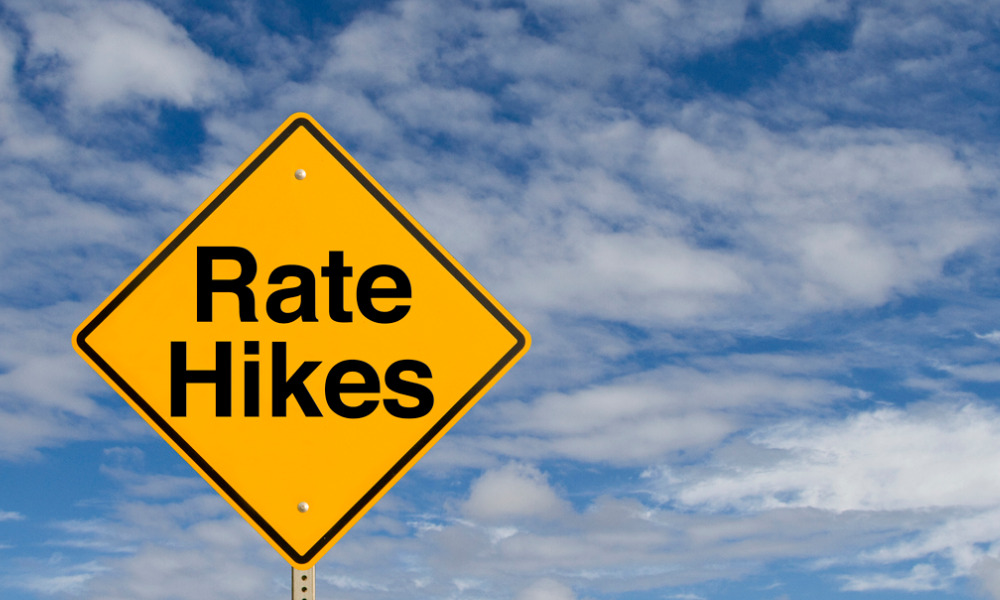Labour group leader outlines ongoing risks for Canadians

With yet another rate hike last week, the Bank of Canada should take into account the consumer impact of the current fiscal environment coupled with the risks of an impending economic slowdown, according to Bea Bruske, president of the Canadian Labour Congress.
“When we’re pushed into a recession, we know that workers lose jobs, and for workers who are having a hard enough time making ends meet at this moment in time, that’s a terrible position to be in,” Bruske said in a recent interview with BNN Bloomberg. “There is a real concern about workers being able to actually meet their financial obligations.”
Bruske said that the Canadian Labour Congress is hoping for a moratorium on rate hikes in 2023 as higher borrowing rates are increasingly untenable in a financial system characterized by mounting costs of living.
What continues to drive Canadian inflation?
Jim Stanford, economist and director at the Centre for Future Work, said that contrary to the central bank’s statements, the labour market is not the main driver of inflation. Rather, price increases in commodities such as oil and gas are largely responsible for the trend.
“I don’t think the bank truly believes that wages are the source of the problem here, they’re just creating a narrative to prepare Canadians to suffer to fix inflation that they didn’t cause,” Stanford told BNN Bloomberg. “Workers are the collateral victims of this strategy.”
In a departure from its aggressive statements earlier in 2022, the BoC said that its policy formulation strategy will lean towards being more “data-dependent” next year – although it will also be prepared to use “forceful” strategies should the need arise.
“Despite signs that tighter monetary policy is working, our economy is still in excess demand,” said deputy governor Sharon Kozicki. “Overheated demand for some services such as hotels and restaurants is continuing to drive prices higher. This said, early indications show that short-term momentum in inflation is shifting, with three-month rates of change coming down.”
Kozicki added that the central bank is now moving from how much to raise interest rates, to whether the rates need to be further raised at all.
“We will be considering whether the policy interest rate needs to rise further to bring supply and demand back into balance and return inflation to target,” Kozicki said. “We are also continuing to assess how tighter monetary policy is working to slow demand, how supply challenges are resolving, and how inflation and inflation expectations are responding.”



